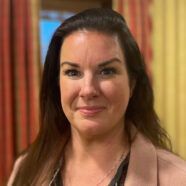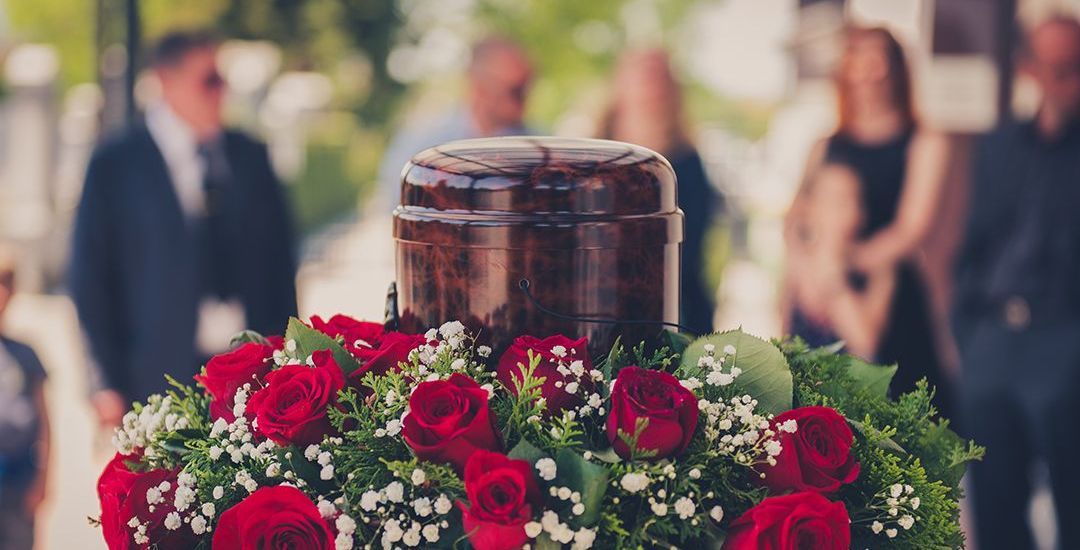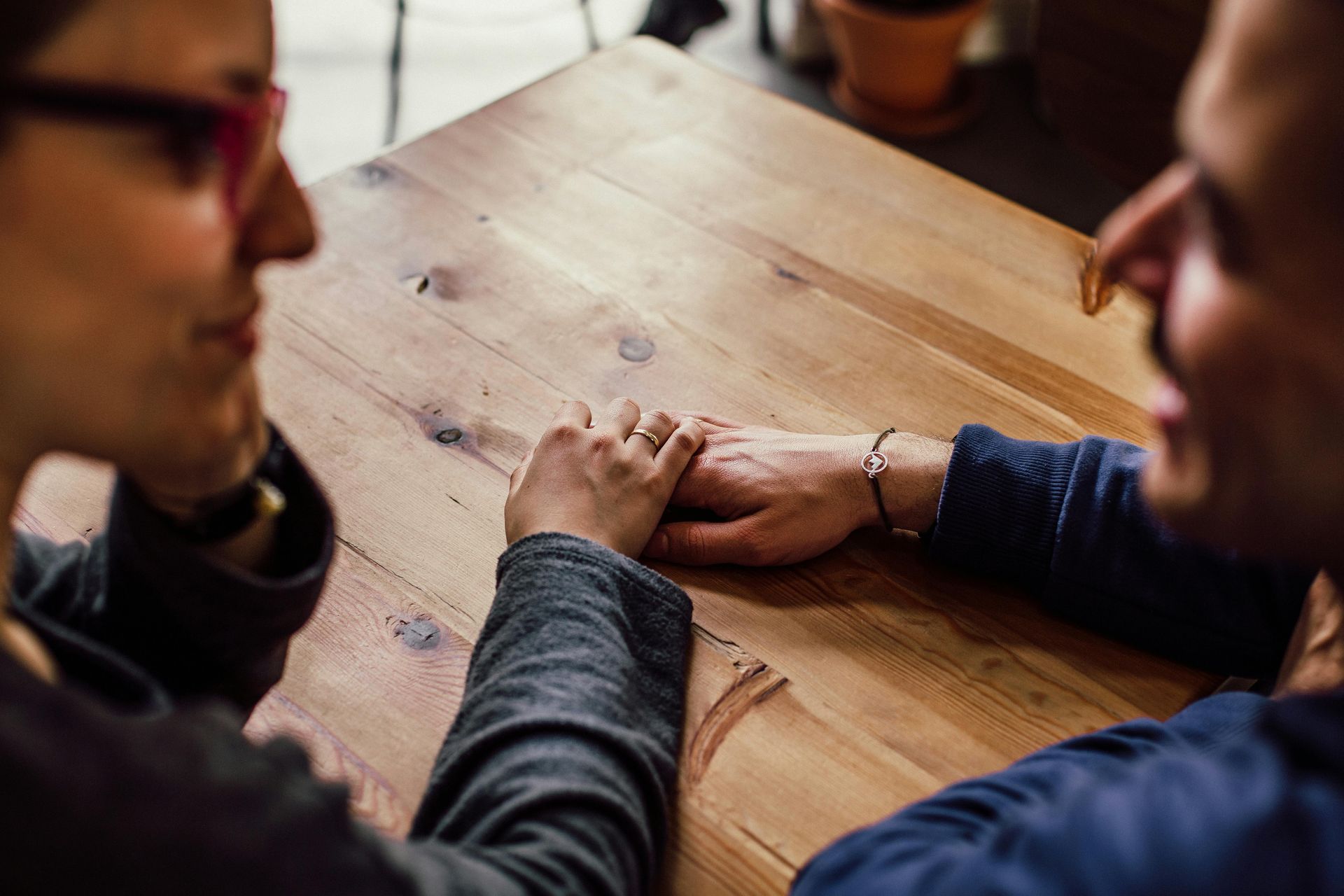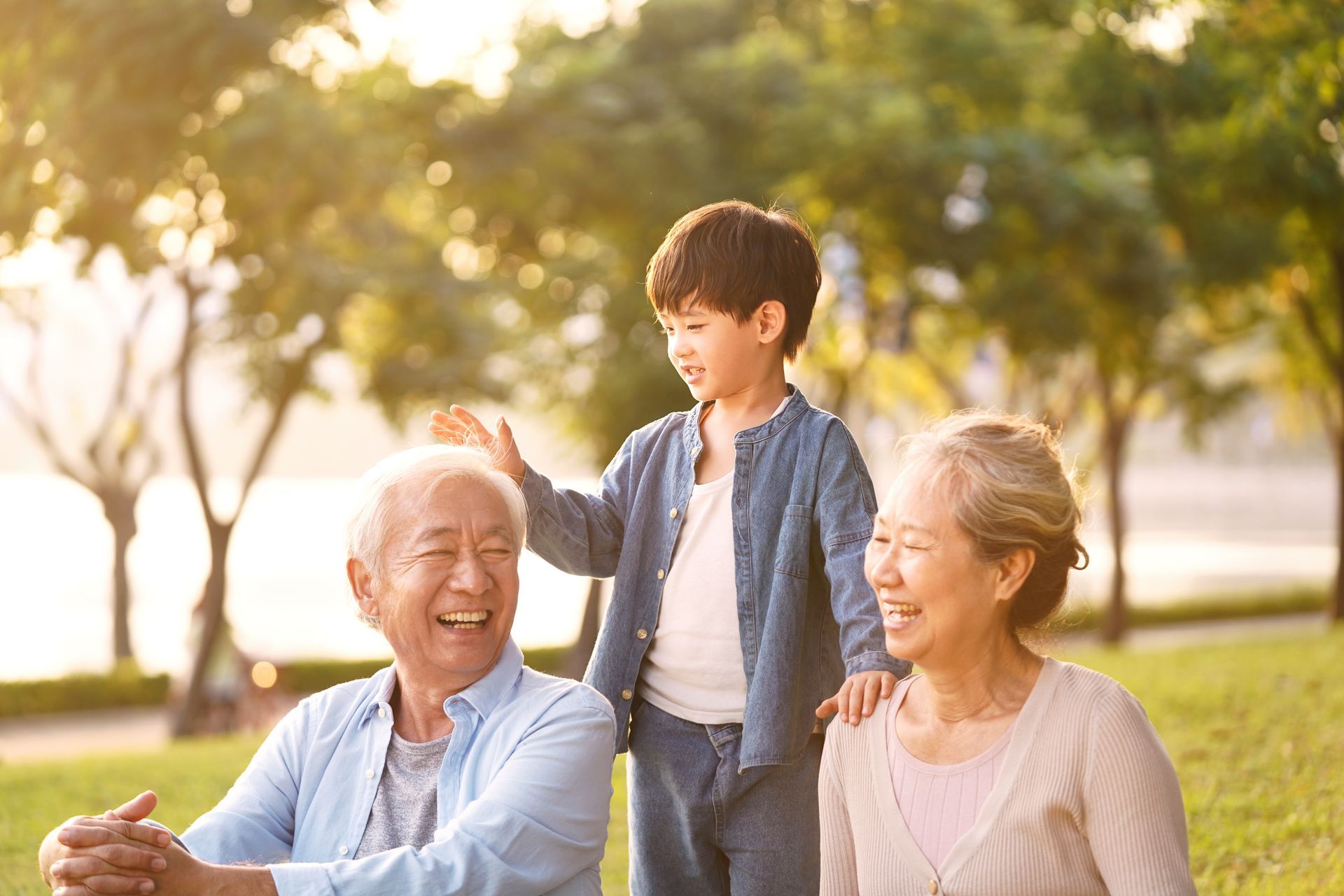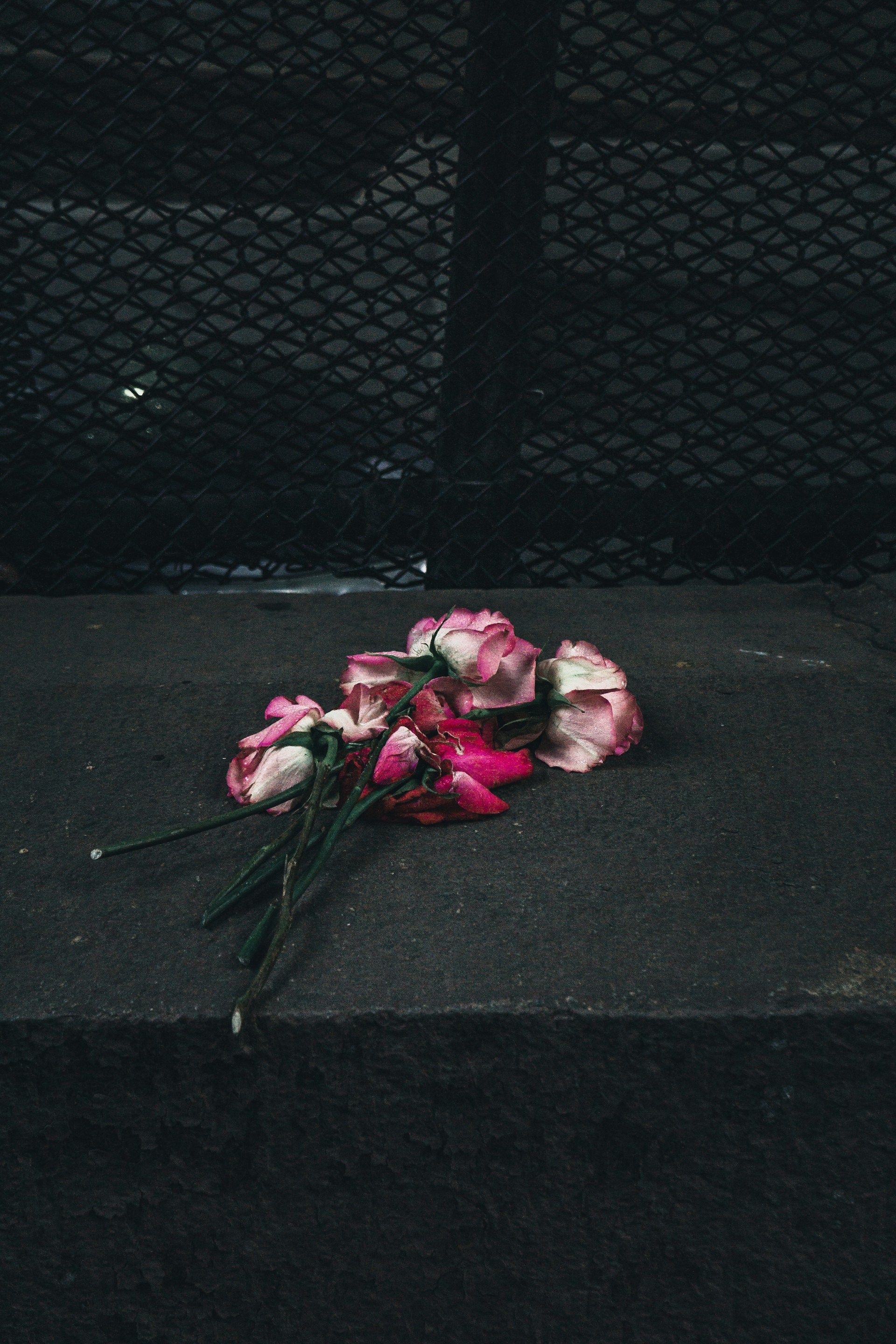Feature Profile: The Rev. Edward Thornley, 9th Rector, The Episcopal Parish of St. John's the Evangelist, Hingham
Father Ed Thornley joined St. John the Evangelist in July 2024, Previously, he served as Day School Chaplain and Associate Rector at St. Patrick’s Episcopal Church and Day School in Washington, D.C. A native of the U.K. from Canterbury, he studied theology at the University of Exeter, Westcott House in Cambridge (England) and Yale Divinity School. He served in the Church of England for eight years, before beginning his ministry in the Episcopal Church in Fort Worth, TX when he served as Middle and Upper School Chaplain at All Saints’ Episcopal School.
Father Ed and his wife, Dr. Devon Abts—a Massachusetts native and theologian specializing in religion and the arts—reside in the rectory with their cats, Spyro and Duke, and enjoy a wide range of activities together outside of their pastoral duties, including hiking, cooking, enjoying music and the arts, and traveling.
You’re the 9th Rector of the Episcopal Parish of St. John’s the Evangelist in Hingham. What do your responsibilities as rector include?
I'm the priest in charge of the parish, and Rector is a traditional title for that. I oversee the parish. I have responsibility for worship, for pastoral care, for preaching and teaching and and also helping the church to be a presence in the wider community. We're obviously a Christian community and an Episcopal Church specifically, but we also play a role in the wider community as well, connecting with different organizations and institutions, civic responsibilities, and so on. So in a way, my main role is to help lead the parish in being that Christian presence in the community. We have, on a typical Sunday, between 130 and 200 people, although we have around 4,000 members in our parish directory, and growing. It’s a big church.
Coming from the U.K. and the Church of England, how do the Church of England and the Episcopalian Church interact?
It’s a close relationship. There's what's called the Worldwide Anglican Communion, and it's a network of churches internationally that all historically trace their history back to the Church of England and to the Archbishop of Canterbury. So the Episcopal Church is one of those churches that was born out of that history and tradition. I was ordained in the Church of England. My wife, Devon, is American, and we met over here, and so when we were thinking about moving back to the U.S. after being in the U.K. together for some years, I could transfer quite comfortably to the Episcopal Church here.
Please share a bit about your background. What should readers of this newsletter know about you?
My wife, Devon, is an academic theologian, and we met at Yale Divinity School. I was on an exchange program over here; I was at Westcott House in Cambridge and I came to Yale for one semester. Devon was starting an academic course at the same time when I came over to do some of my ordination training, and we met in classes one day, and that's how we got together.
Devon and I have family on both sides of the pond. We like traveling a lot. We have family and friends all over so we enjoy traveling. We're very big on hiking and cycling and getting outside. We also love cooking. We're vegetarians, but we're not too fussy anyway (laughs). We've got two cats, and we like spending time with our friends and family and getting involved in the community, just getting out and getting to know people. We just love learning and being among people.
You’ve been Rector for just a few months, having been brought on this past summer. How’s the experience been so far? What’s been a bigger challenge than expected? What’s been a pleasant surprise?
Although we arrived here in July, my official institution is on November 19, when the Bishop of of the Episcopal Diocese of Massachusetts will come and officially install me. It's been a really joyful move overall. I've been in specifically education chaplaincy for some years, having served parishes before, and so my role at St. John’s is a happy return to pairsh life. Though this is actually the first time I've been a Rector of a parish. I've been an associate and I've done basically the same kind of job before, but this is the first time I've been in charge. There are lots of new things to get used to; as well as being a priest who has responsibility for worship, pastoral care and preaching and being out in the community, I also have to oversee all the technical things, like, the finances and buildings and grounds committees and all the different organizational administrative elements. I've done those things before, and I enjoy them, but there are a lot of things like that to get used to very quickly. It’s been both a joy and a challenge in that respect. But the community has been so welcoming; they’ve made it easy, frankly. It's a very vibrant community, very active, people who really care about each other and about Hingham as well as about the church. We've loved it. It's been great!
Were you amazed at how many Dunkin’ Donuts there are in the area?
(Laughs) I love it! It’s one of the things that brought us back to New England.
You’re working on a Ph.D. in Divinity. Please shed some light: how does this work inform your philosophy as a member of the clergy? What does Divinity mean to you?
Gosh, that's a really great question! So divinity is the same as theology. Those two terms are kind of interchangeable, really. Divinity or theology essentially means talking about God, studying God and faith and religious belief, generally speaking. And for me, that's within the Christian faith, obviously, but, my Ph.D. is, in a nutshell, about how Christianity relates to other religons as well. It originally began as a project about school chaplaincy, but I’m also looking at how school chaplaincy works in the wider life of the Church, and how the wider church and very specific roles, like chaplains, can inform one another. Because normally, when we think of chaplaincy, we think about working at a specific institution, like a school or university or hospital or the armed forces, and so on. And it's often seen as being quite an isolated form of ministry. Whereas I've always been interested in thinking about how, even if you're a chaplain, say, working in a school with a very specific community, how what you do in that community can be informed by the wider church and vice versa. For example, one of the things that a chaplain in an education institution spends a lot of time doing is working with people of all different faiths. All faiths and none, as it were. I'd actually spend most of my time leading worship and providing pastoral care for people who are not Christians. The wider Church community both cares about this and needs to understand how that works further given the diverse nature of our society.
Even though I’ve been in Episcopal and Church of England Schools, and so working in a church-based institution, they’re also profoundly multi-faith communities, and so interfaith dialogue is a real passion of mine. I love working with different faiths and again, connecting to that wider community piece. I'm a member of several different organizations that do a lot of interfaith work and also with humanism and other forms of belief and spirituality that are not necessarily tied to a specific faith community as well. And I love all of that and I engaged in a lot of this work when I worked in education chaplaincy. I was also a university chaplain for a while and did a similar thing. And so my Ph.D. is looking at questions like, what does it mean to be a Christian in a profoundly multi-faith, pluralistic world? How Christians be responsible with their faith, and how can they have a healthy, responsible faith, where you know what you believe but can learn alongside other faiths.
Remembering the importance of dialoguing with people who believe different things to you informs my ministry in parishes as well. This goes back to that civic responsibility piece and the wider community. And this includes doing funerals…I did a funeral recently for a family who didn't have any particularly strong ties to the church, but the person who died, in their wishes they left behind, said that having a funeral in a church and then a traditional burial was really important to them, and so it was a lovely opportunity to connect with the family who otherwise might not have set foot in the church. And so my Ph.D studies are about looking at different approaches to Christian theology, engaging with religious pluralism and then applying some of that theological thinking to ministry. For example, how can a chaplain in a school or university or a priest in a parish take those theological ideas about the relationship between Christianity and interfaith dialogue, and then apply them in ministry? For example, caring for someone who has different beliefs, preaching and teaching in a way which is compassionate, which is not forceful or coercive, trying to think about ways of being a healthy, responsible Christian in a multi-faith world. That's my general area.
The moment that we are in in America right now, where there's so much divide and polarization, these interfaith dialogs are essential in bridging some of those gaps through interfaith dialog, including the humanistic aspect, seems so critical.
Yeah, exactly. And that's also something that I've always believed to be really important. I've never been the sort of Christian who, to put it bluntly, goes going around telling people what they should or shouldn't do. I believe that God is love and that’s why I'm a Christian. I believe that God in Christ shows us a new way to live. And that's all about love and compassion and listening and also growing and learning from people who don't necessarily share the exact same beliefs as you. Without turning this into a sermon...but if God became a human being and spent time on Earth among people, then that kind of incarnational ministry, that’s what Christians like me are called to do. If we're serious about our faith, we don't just go out thinking we've got all the answers and tell people what to do. We're out there to meet God through other people, through our relationships and our communities and our encounters with other people who are very different to us. That's part of what it means to be human.
Father Ed, you first came to the United States in Fort Worth, and then went to D.C. Was it a big adjustment culturally to find yourself suddenly having gone from Cambridge, England to Fort Worth, Texas?
Without boring you with my whole life story, it was a big jump. I was at Cambridge for my ordination training, and then briefly Yale, and that's how I met Devon. And then when Devon finished up at Yale, and I was getting ordained, we got married in Boston, and then Devon got her visa and we were in the U.K. for 8 years. We were in Norwich first. I was in a six-parish team there, and then we moved to central London, and I was working in schools and universities as well as parishes. Devon was doing her Ph.D. at the time in London. Then we moved to Fort Worth, and then D.C., and then here. We both wanted to be back in the States, to be nearer Devon's family as well. And I wanted to be back in the Episcopal Church again--the Church of England's great, but I wanted to serve the Episcopal Church again.
So, to start, I got the opportunity to work at an Episcopal School as a chaplain in Fort Worth. It was an opportunity that opened up. But even though I'd been traveling to the U.S. for nearly 10 years, and particularly the Northeast, we knew Fort Worth was going to be a bit of a jump but it seemed like fun, you know. We met some wonderful people there and we ,oved it, but, yeah, it was a culture shock given everywhere else we’d lived prior.
You’re married to a theologian; your dinner table conversations must be fascinating!
We’re really nerdy. I mean, like, seriously, embarrassingly (laughs). Even though we've both been working in education for a long time, and as you may have seen in my on the bio on the website, Devon still works in academic theology, does conferences and works at different universities, but she's also working for a nonprofit now as Research and Operations Director for the Clemente Course in the Humanities. Devon really wanted to branch out as well and be involved in nonprofit work, wider education work, working with underserved communities. I wanted to be back in the parish again and be out in the wider community. And both of us as a couple wanted to find a nice new home church and a parish that we can both be involved with. And so this whole thing has been really important to us as a couple, as well as a church family. So everything from our dinnertime conversations through to how we generally kind of roll, really, as a couple…we're very, very nerdy, and faith and theology is at the center, but we just love this kind of thing.
The last question is, who do you root for in the Premier League?
That's a great question! So, back home, between my mother's family and my father's family, there was always a big rift with this; basically, half of the folks love Tottenham Hotspur, and the other half love Chelsea. I didn't follow football that closely, but when we used to live in Norwich, I used to go see Norwich City play quite a bit because we lived quite close to the stadium, and that was really good fun. So I kind of got into it more through that, but I always tried to avoid the Tottenham and Chelsea thing because I just didn't want a family feud! Norwich City, I generally follow them. I'm always quite curious to see what they're up to!
Learn more about Father Ed and The Episcopal Parish of St. John the Evangelist: https://bit.ly/4fVD9QL.
